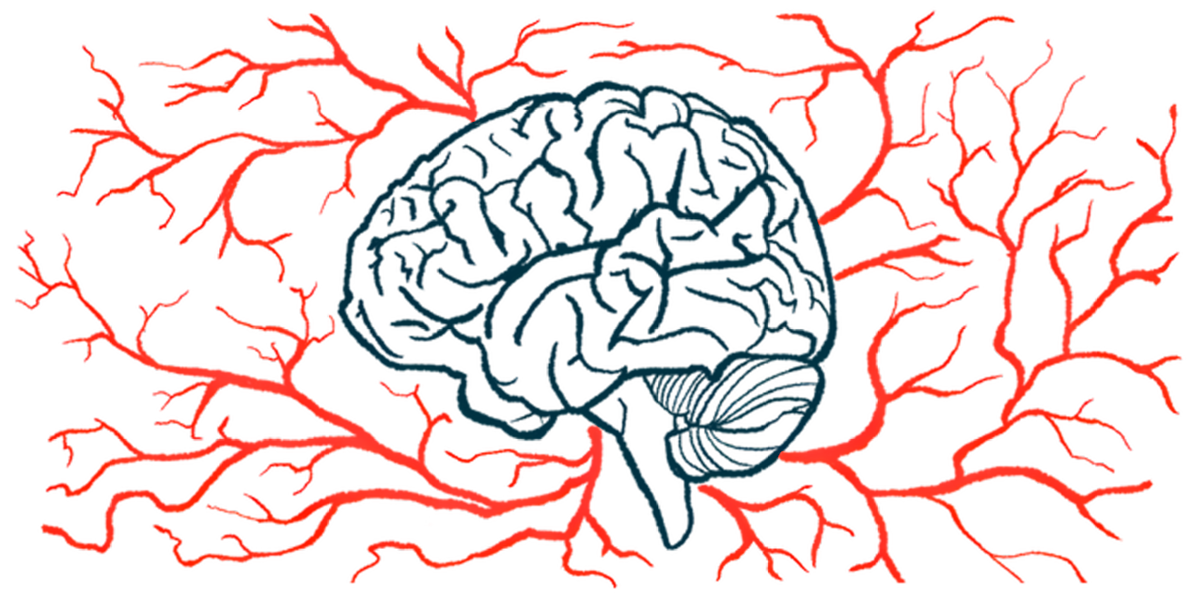‘Harmless’ virus may actually be a trigger for Parkinson’s
Immune responses to HPgV infection differ based on individual genetics: Study

Infection with a common and otherwise harmless virus called human pegivirus (HPgV) might play a hidden role in Parkinson’s disease, particularly for those with specific genetic risks, according to a new study.
“For a virus that was thought to be harmless, these findings suggest it may have important effects, in the context of Parkinson’s disease,” Igor Koralnik, MD, the study’s senior author, said in a Northwestern Medicine news story. “It may influence how Parkinson’s develops, especially in people with certain genetic backgrounds.”
Researchers found immune responses to the virus differed in people with LRRK2 mutations, one of the most common genetic causes of Parkinson’s, and those who did not have the mutations. A better understanding of the links between environmental risk factors, like viral infections, and genetic predispositions may help develop effective Parkinson’s treatments, according to the research team.
Their study, “Human pegivirus alters brain and blood immune and transcriptomic profiles of patients with Parkinson’s disease,” was published in the journal JCI Insight.
Parkinson’s is a progressive neurodegenerative disorder characterized by the gradual loss of dopamine-producing nerve cells in the brain. This can lead to a variety of motor and nonmotor symptoms.
Unraveling genetic and environmental links
Sometimes, genetic mutations, such as those in the LRRK2 gene, increase the risk of developing Parkinson’s. In most cases, however, clinicians can’t identify why the disease develops. It is possible that a combination of genetic and environmental factors contribute to this process.
One possible category of environmental trigger is viral infection, as Parkinson’s and similar symptoms have been associated with several viruses. However, there are still many unknowns in this area. In their study, Koralnik and his team attempted to identify viruses infecting the brains of people with Parkinson’s.
“Using a tool called ‘ViroFind’, we analyzed post-mortem brain samples from individuals with Parkinson’s and from those who died of other causes,” Koralnik said. “We searched for all known human-infecting viruses to identify any differences between the two groups.”
In five out of 10 samples from people with Parkinson’s, the team found brain cells infected with HPgV. None of the control samples showed similar signs of infection.
“HPgV is a common, symptomless infection previously not known to frequently infect the brain,” Koralnik said. “We were surprised to find it in the brains of Parkinson’s patients at such high frequency and not in the controls.” The virus is in the same family as hepatitis C, but infection doesn’t typically result in disease.
People with HPgV in their brains showed more severe or unusual brain changes, such as higher levels of tau protein buildup, which is linked to nerve cell damage and cognitive decline in Parkinson’s, and changes in certain brain proteins.
Because HPgV is blood-borne, the team also looked for the virus in more than 1,000 blood samples from the Parkinson’s Progression Markers Initiative, a large, observational study that is attempting to identify biomarkers of Parkinson’s progression in patients, at-risk individuals, and healthy controls.
Immune responses to HPgV differ with gene mutations
About 1% of people with Parkinson’s had HPgV viremia, or virus in the bloodstream. This was similar to the proportion of viremia in healthy controls, but immune responses to the virus differed.
Among people with HPgV viremia, levels of IL-4, a signaling molecule which helps regulate immune activity, were significantly lower in people with Parkinson’s than in healthy controls. “These findings suggest that, while viremia alone does not distinguish [people with Parkinson’s] from [healthy controls], systemic immune alterations associated with HPgV may still be relevant to disease mechanisms,” the researchers wrote.
Although IL-4 levels were generally lower in people with HPgV and Parkinson’s, how IL-4 signaling changed over time depended on their genetics. In individuals with LRRK2 mutations, IL-4 levels dropped as HPgV levels rose. However, in those without the mutation, IL-4 levels increased with higher amounts of the virus. This suggests that genetics may shape how the immune system responds to viral infections like HPgV, which could be relevant in Parkinson’s.
One limitation of the study, the team noted, is that it couldn’t determine whether HPgV infection happened before or after the onset of Parkinson’s. Future research will need to explore this question and should include more participants and samples.
“One big question we still need to answer is how often the virus gets into the brains of people with or without Parkinson’s,” Koralnik said. “We also aim to understand how viruses and genes interact; insights that could reveal how Parkinson’s begins and could help guide future therapies.”







